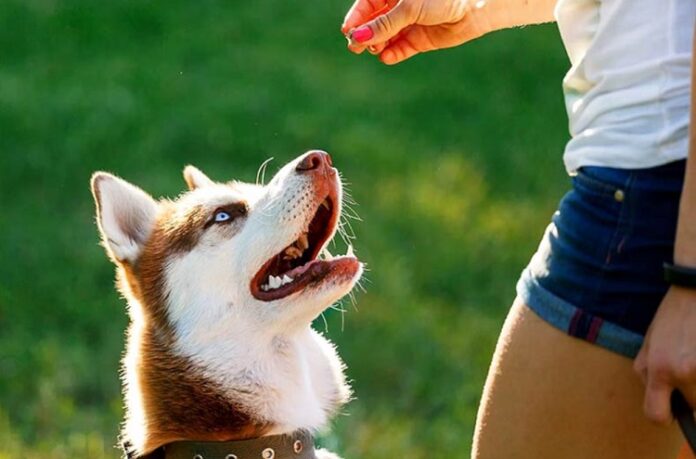By Jen Karetnick, American Kennel Club
New concerns are surfacing about pig ear dog treats. The U.S. Food and Drug Administration (FDA) and Centers for Disease Control and Prevention (CDC) are investigating a few strains of Salmonella suspected to be contaminating pig ear treats and infecting people who handle them.
The FDA pig ear alert of July 31 advised dog owners to stop feeding pig ears to their pets completely. As of Sept. 5, the CDC reports 143 people infected from 35 states, with 33 people hospitalized. The CDC notes that many of these cases are drug-resistant, although fortunately no one has died.
Salmonella is a bacteria that sickens both humans and animals. The CDC says that people infected with Salmonella can develop abdominal cramps, diarrhea, nausea, vomiting, chills, bloody stool, headache and fever. Onset after exposure is anywhere from eight to 72 hours, and recovery can take a few days.
While the severity varies according to the strain of Salmonella and the general health of the patient, the elderly, the infantile and the immune-suppressed are highly susceptible. A Salmonella infection (called salmonellosis) in such cases can lead to hospitalization and even death.
Contrary to the myth, dogs and other animals also develop salmonellosis. The signs include vomiting, bloody stool or diarrhea, lethargy, loss of appetite and fever. Dogs who develop salmonellosis symptoms should see a veterinarian.
In some cases, infected canines may not actually show signs of being sick, but they can still shed the bacteria in their feces and their saliva. Dog owners should always clean up after their pets and scrub their hands after walking them regardless of what kinds of treats and foods they are feeding them.
If you have pig ear treats on hand, throw them away immediately in a wrapped, secure container that wild animals cannot access. Afterward, wash your hands thoroughly. Also make sure to disinfect any surfaces the pig ear treats touched in order to avoid cross-contamination.
When it comes to any treats, the FDA recommends that you always follow some simple hygiene rules. Do not let your dog lick you after consuming one or lick you near your mouth. Do not leave a half-chewed treat lying around for someone to touch. Monitor your dog while he or she eats, and do not let small children handle them. Sterilize those areas in your home that come into contact with either canine saliva or treats.
If you think you have contracted salmonellosis, see your health care provider for confirmation and treatment. If you believe your dog is displaying symptoms, take the animal to the vet. If you have a concern about salmonellosis or exposure to Salmonella through a product, you can report it to the FDA through the Safety Reporting Portal. This helps the agency keep track of issues and trace cases back to their origins.

















